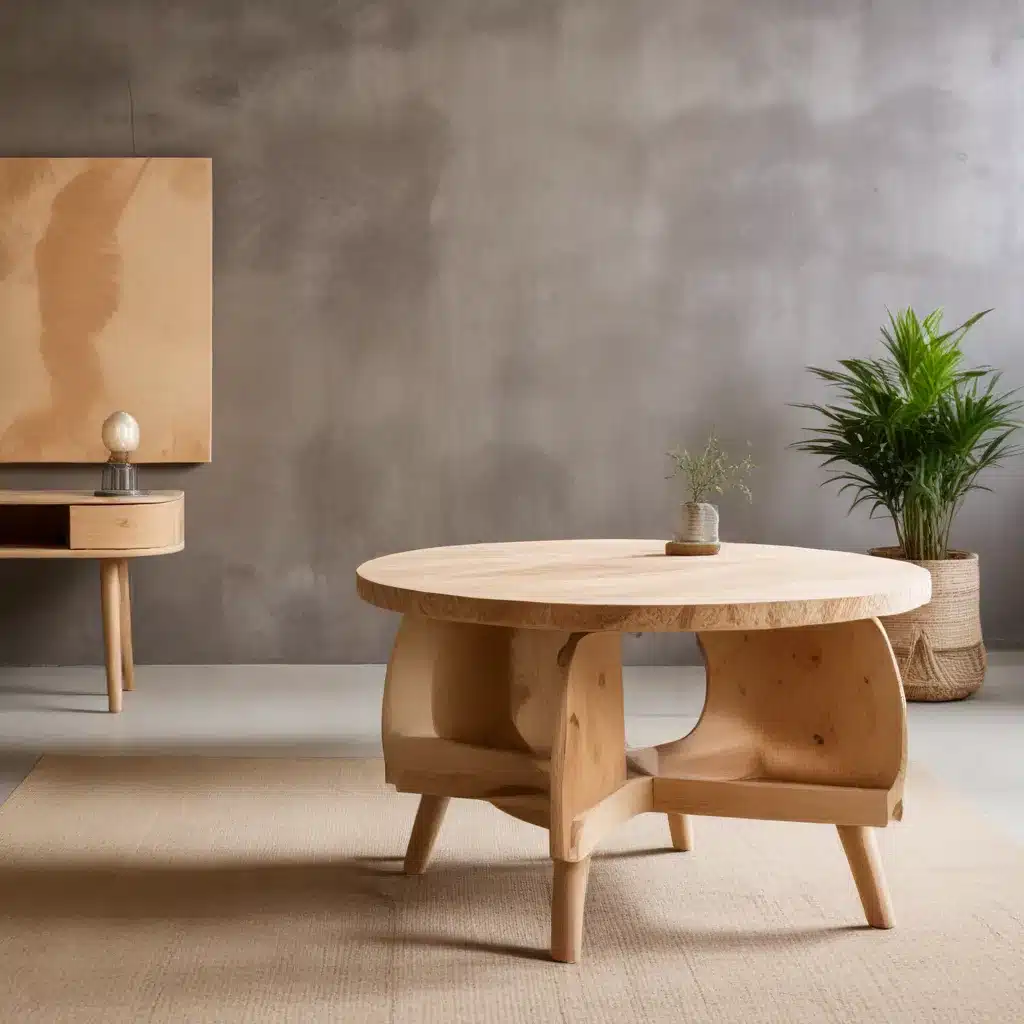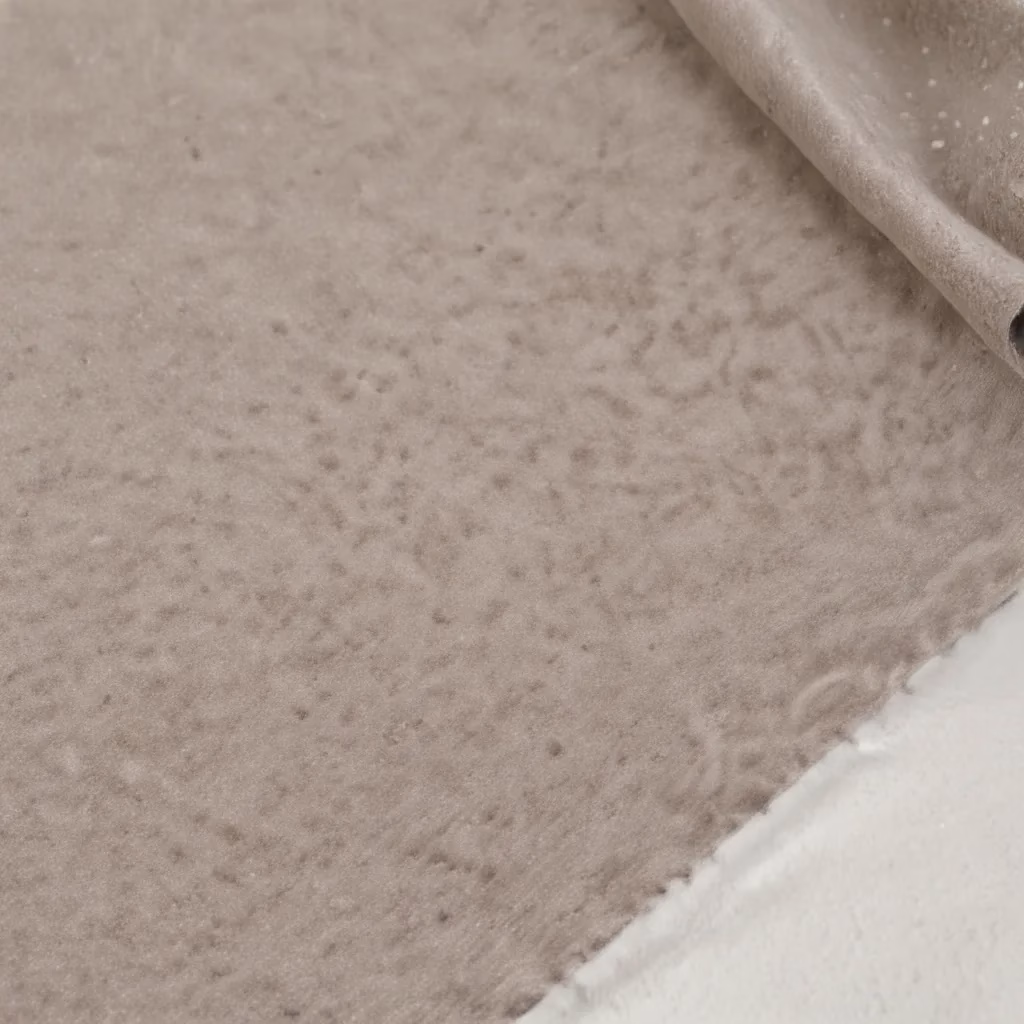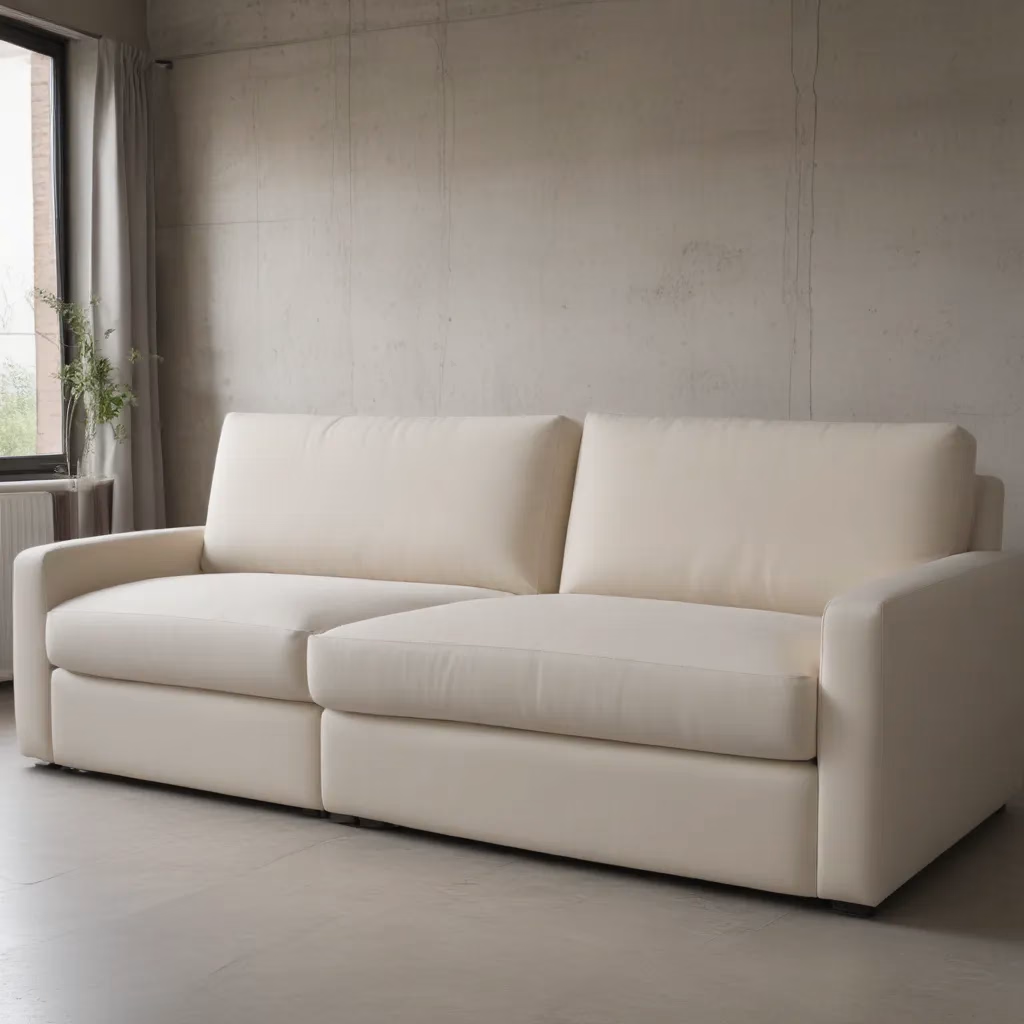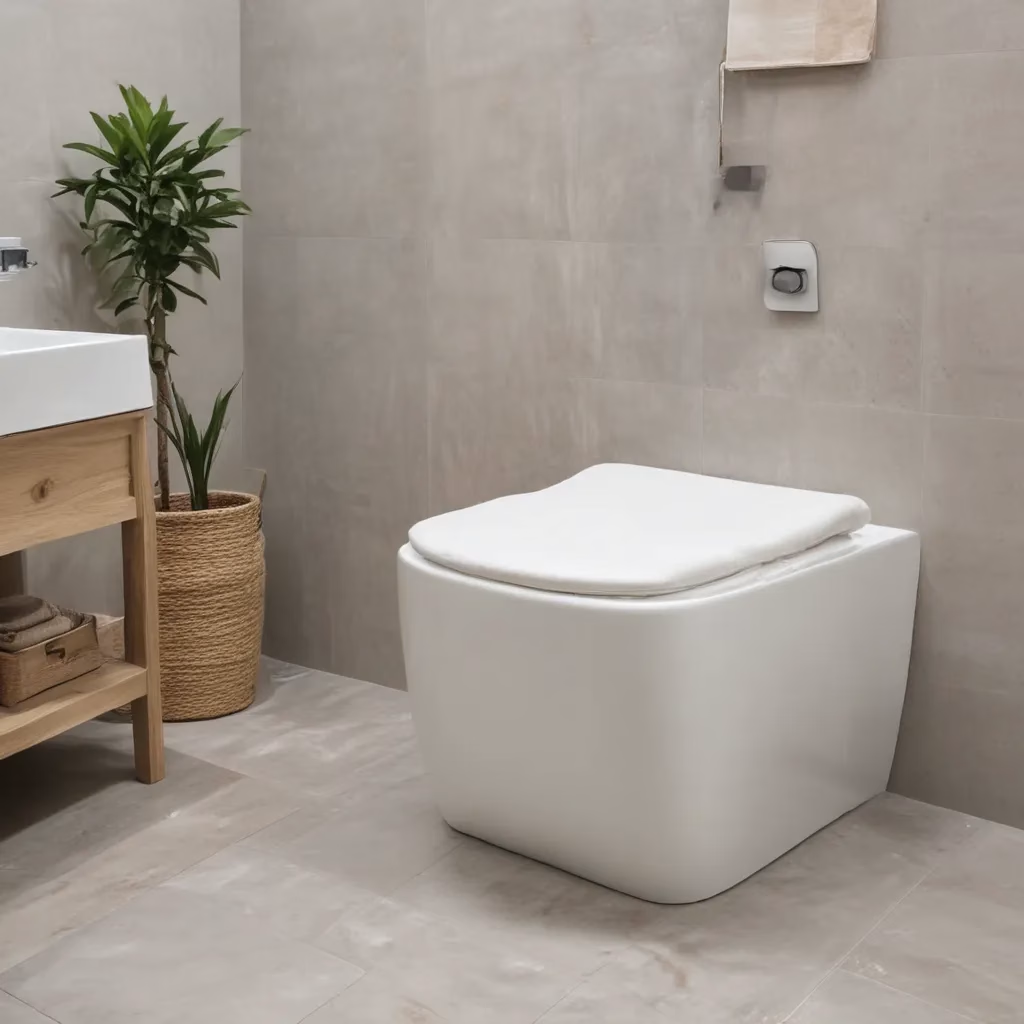
The Rise of Eco-Conscious Home Furnishings in the UK
In recent years, the UK has seen a significant shift towards environmentally friendly home furnishings. Consumers are increasingly aware of the impact their furniture choices have on the planet, leading to a growing demand for sustainable options. This trend is particularly noticeable in the sofa market, where eco-friendly materials and production methods are becoming more prevalent.
The move towards sustainable furniture is not just a passing fad. It reflects a deeper change in consumer values, with many UK homeowners now prioritising environmental responsibility alongside comfort and style when selecting their sofas and other home furnishings. This shift is driving innovation in the furniture industry, with manufacturers exploring new materials and production techniques to meet the demand for eco-friendly options.
One of the key factors driving this trend is the increased awareness of the environmental impact of traditional furniture production. From the sourcing of raw materials to the manufacturing process and eventual disposal, conventional furniture can have a significant carbon footprint. As a result, consumers are seeking out alternatives that minimise environmental harm without compromising on quality or aesthetics.
Understanding Eco-Friendly Furniture Materials
When it comes to eco-friendly furniture materials, there are several options that stand out for their sustainability and low environmental impact. These materials are chosen for their renewable nature, low processing requirements, and ability to biodegrade or be recycled at the end of their lifecycle.
Sustainably Sourced Wood
Wood remains a popular choice for furniture, including sofa frames. However, the key to its eco-friendliness lies in how it’s sourced. Sustainably managed forests provide wood that can be considered a renewable resource. These forests are carefully managed to ensure that new trees are planted to replace those harvested, maintaining the ecological balance.
In the UK, consumers can look for certifications such as the Forest Stewardship Council (FSC) label when shopping for wooden furniture. This certification ensures that the wood comes from responsibly managed forests that provide environmental, social, and economic benefits.
Bamboo: A Rapidly Renewable Resource
Bamboo has gained popularity as an eco-friendly furniture material due to its rapid growth rate and minimal need for pesticides or fertilisers. While not traditionally associated with sofa construction, bamboo is increasingly being used in furniture frames and as a component in blended fabrics.
One of the main advantages of bamboo is its strength-to-weight ratio, making it an excellent alternative to hardwoods in many applications. It’s also naturally antimicrobial, which can be beneficial for upholstery materials.
Recycled and Upcycled Materials
The use of recycled materials in furniture production is a growing trend in the UK. This includes recycled plastics, metals, and even reclaimed wood. By using these materials, manufacturers reduce the demand for new raw materials and decrease the amount of waste ending up in landfills.
Upcycling, the process of transforming waste materials into new products of better quality or environmental value, is also gaining traction. This approach not only reduces waste but often results in unique, characterful pieces of furniture.
Comparing Eco-Friendly Sofa Materials
To help consumers make informed choices, here’s a comparison of some popular eco-friendly materials used in sofa construction:
| Material | Sustainability | Durability | Comfort | Maintenance |
|---|---|---|---|---|
| Organic Cotton | High | Medium | High | Medium |
| Hemp | Very High | High | Medium | Low |
| Recycled Polyester | High | High | Medium | Low |
| Natural Latex | High | Very High | Very High | Low |
| Wool | High | High | High | Medium |
This table provides a general overview, but it’s important to note that the specific characteristics can vary depending on the quality and manufacturing processes used.
The Benefits of Choosing Eco-Friendly Sofas
Opting for an eco-friendly sofa offers several advantages beyond just reducing environmental impact. These benefits include:
-
Improved Indoor Air Quality: Many sustainable materials are free from harmful chemicals and off-gassing, leading to better air quality in your home.
-
Durability: Eco-friendly materials are often chosen for their longevity, meaning your sofa is likely to last longer, reducing the need for frequent replacements.
-
Unique Aesthetics: Sustainable materials often have distinctive textures and appearances, allowing for unique and stylish furniture designs.
-
Health Benefits: Natural materials like organic cotton or wool are less likely to cause allergic reactions or skin irritations.
-
Supporting Ethical Practices: By choosing eco-friendly options, consumers support companies that prioritise sustainable and ethical production methods.
Integrating Eco-Friendly Sofas into Your Home Design
Incorporating an eco-friendly sofa into your home décor doesn’t mean compromising on style. In fact, these sustainable pieces can often become striking focal points in a room. Here are some tips for seamlessly integrating eco-friendly sofas into your interior design:
-
Embrace Natural Colours: Many sustainable materials come in earthy, natural tones. Use these as a base for your colour scheme, complementing them with accessories in bolder hues.
-
Mix Textures: Eco-friendly materials often have interesting textures. Play with this by pairing your sofa with contrasting textures in rugs, curtains, or throw pillows.
-
Highlight Craftsmanship: Many eco-friendly sofas showcase unique craftsmanship. Position your sofa in a way that allows these details to be appreciated.
-
Complement with Sustainable Accessories: Extend the eco-friendly theme throughout your living space with sustainable decorative items like bamboo side tables or recycled glass vases.
-
Create a Biophilic Design: Eco-friendly sofas pair well with indoor plants, creating a harmonious, nature-inspired living space.
By following these guidelines, you can create a stylish, comfortable living space that aligns with your environmental values. For more inspiration and a wide selection of eco-friendly sofas, visit Sofa Spectacular, where you’ll find a range of sustainable options to suit every taste and budget.
The Future of Eco-Friendly Furniture in the UK
As we look towards the future, the trend towards eco-friendly furniture is set to continue growing in the UK. Advancements in material science and manufacturing processes are likely to bring even more sustainable options to the market, offering consumers an ever-widening array of choices.
One area of particular interest is the development of biodegradable materials that can be safely returned to the environment at the end of a sofa’s life cycle. This closed-loop approach to furniture production could significantly reduce the industry’s environmental impact.
Another emerging trend is the use of innovative, plant-based materials in sofa construction. From mushroom leather to seaweed-derived fabrics, these novel materials offer exciting possibilities for sustainable furniture design.
The UK furniture industry is also likely to see increased adoption of circular economy principles. This could involve furniture rental schemes, buy-back programmes, and modular designs that allow for easy repair and component replacement, extending the lifespan of sofas and reducing waste.
Making the Right Choice for Your Home and the Environment
Selecting an eco-friendly sofa is a decision that balances environmental considerations with personal comfort and style preferences. While the initial cost of sustainable furniture may sometimes be higher, the long-term benefits often outweigh this difference.
When shopping for an eco-friendly sofa, consider the following factors:
-
Material Composition: Look for sofas made from sustainable materials like organic cotton, hemp, or recycled fabrics.
-
Frame Construction: Opt for frames made from sustainably sourced wood or recycled metal.
-
Durability: Choose well-constructed pieces that will stand the test of time, reducing the need for frequent replacements.
-
Local Production: Where possible, support UK-based manufacturers to reduce transportation-related emissions.
-
End-of-Life Considerations: Consider how the sofa can be disposed of or recycled when it reaches the end of its usable life.
-
Certifications: Look for recognised eco-certifications that verify the sustainability claims of the product.
By carefully considering these factors, you can make an informed decision that aligns with your environmental values without compromising on comfort or style.
Conclusion: A Sustainable Approach to Comfort
The shift towards eco-friendly furniture in the UK represents a positive step towards more sustainable living. By choosing sofas and other furnishings made from environmentally responsible materials, consumers can significantly reduce their home’s environmental impact while still enjoying comfort and style.
As the demand for sustainable options continues to grow, we can expect to see even more innovations in eco-friendly furniture design. This ongoing evolution will provide UK consumers with an ever-expanding range of choices, making it easier than ever to create a home that’s both beautiful and environmentally responsible.
Remember, every sustainable choice, no matter how small, contributes to a larger positive impact. By opting for an eco-friendly sofa, you’re not just furnishing your home; you’re investing in a more sustainable future for all.



